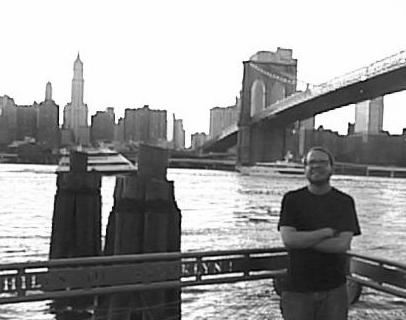Where are you Katie Couric?
On Tuesday, September 5, Katie Couric will be making her debut on the CBS Evening News. She replaces Bob scheiffer who took the post after the resignation of Dan Rather this past year.
With today marking the one year anniversary of the levies breaking after hurricane Katrina, evening news programs have fought for top ratings, spending the course of this year compiling the footage that is used for the retrospective coverage aired on all four major networks and the cable news channels. The coverage has been a nice distraction from the John Mark news of recent weeks. And it prepares viewers for the even more gripping coverage that will be shown when television surely marks the fifth year anniversary of September 11th.
It surprises me that CBS did not contract Couric to begin her anchoring earlier, to give the Katrina coverage that softer caring edge that she offered while on the today show and dateline. Though, I imagine that leaving it in the hands of Scheiffer is a nice way of saying goodbye to one of CBS's veteran correspondents and anchors. Though reports today are that Scheiffer will be sticking around with CBS for a few more years.
Born in Austin, TX, scheiffer began writing for the ft. Worth telegraph before taking the news desk at KBPA in Dallas. He took up ranks with CBS in 1969, and began anchoring the Sunday Evening News in 1973. The same year that Courik left her NBC post in Washington to take her seat at the today Show, Scheiffer took the Sunday morning seat at face the Nation, a seat which he continues to hang onto after handing the weekly evening news over to Couric.
Taking off his big Texan hat to welcome Couric, scheiffer stands as an icon along with his fellow Texan, Dan Rather, making way for the future of evening news. One of Couric's first guests will be President George Bush, the person ultimately responsible for the demise of Dan Rather, after rather aired a critical story on bush using an unclear source via the blogosphere. The bad source ultimately helped bring down Rather's legacy. And it will be interesting to see if Couric chooses to throw hardballs or Mr. Softies at the president.
With all three major news networks changing hands over the course of this past year, the look of the evening news is much younger than it was during the major news events of this new millennium. And now a female face will wish us well each evening at 6:59 pm. Though she is not the first female face to sit behind the 6:30 pm news slot, Elizabeth Vargas helping to take the seat shortly before Jennings died of cancer the previous year, Couric does fill the shoes of Managing Editor for the CBS Evening News, making her one of the leading gatekeepers of news in the United states, and probably the first evening news anchor with a host of fan sites that focus more on fassion than hard news. Perhaps the tables might someday turn, when another male from Texas will be interviewing the countries first woman president.

